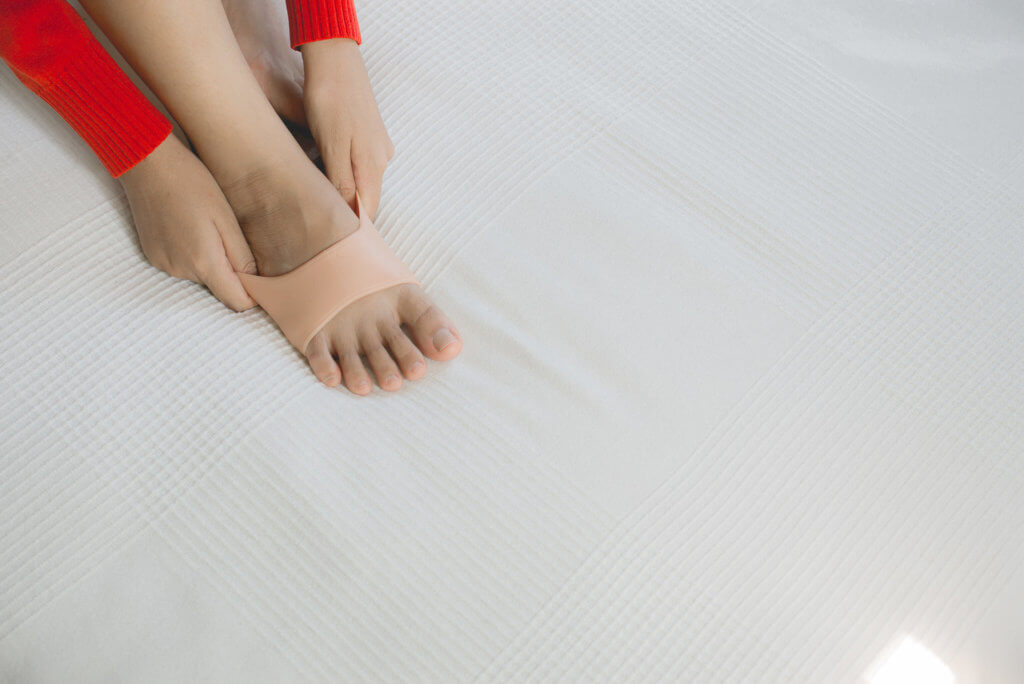An Overview of Plantar Fasciitis
Have you ever experienced heel pain that you couldn’t seem to get rid of? This may be a sign of plantar fasciitis.
This condition is one of the most common causes of heel pain. It involves inflammation of the thick band of tissue that runs across the bottom of each foot and connects the heel bone to the toes.
Those with plantar fasciitis will commonly feel a stabbing pain that typically occurs first thing in the morning after taking their first few steps. As you continue to move about, you will notice that the stabbing pain decreases but may return after a period of time.

Symptoms of Plantar Fasciitis
The most notable symptom of this type of heel pain is the stabbing pain first thing in the morning. The pain is typically felt at the bottom of the foot near the heel.
While the pain is most severe first thing in the morning, it’s possible that a person can experience this stabbing pain throughout the day as well. This may be due to long periods of standing or getting up after sitting for a while.
Causes of Plantar Fasciitis
The plantar fascia supports the arch of the foot and absorbs shock when you walk. In some instances, the fascia can experience tension and stress, leading to small tears. If the fascia experiences repeated stretching and tearing, it can become irritated and inflamed.
Risk Factors
Plantar fasciitis can occur without cause, but there are certain risk factors that can increase your likelihood of developing this type of pain.
Age
Plantar fasciitis is most commonly found in individuals who are between the ages of 40 and 60.
Exercise
Engaging in exercises that put stress on the heel and tissue can lead to plantar fasciitis. Exercises like long-distance running, ballet dancing, and aerobic dance can increase a person’s risk.
Foot Mechanics
Depending on your foot mechanics, you may have an increased risk for plantar fasciitis. Flat feet, high-arched feet, or feet with an atypical pattern can increase your risk.
Plantar fasciitis can be uncomfortable, but it doesn’t have to be. If you believe you’re living with this type of heel pain, it’s important to speak with a physician to see which treatment option is right for you.
